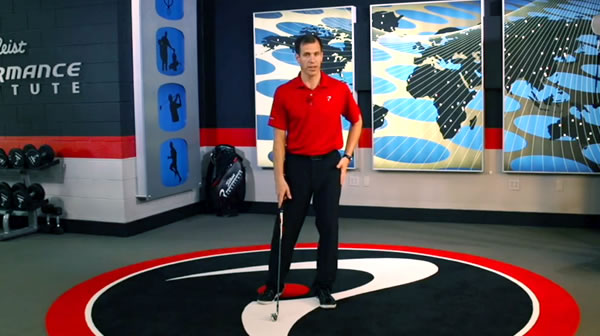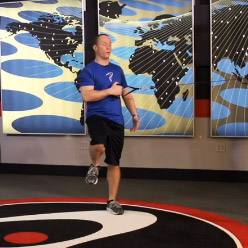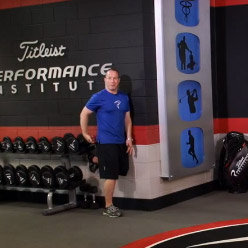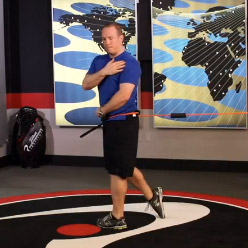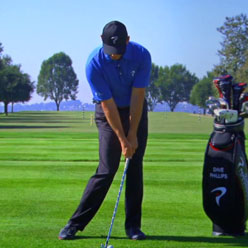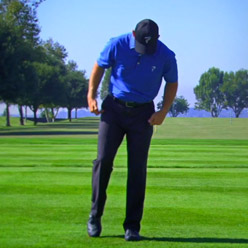Hanging Back
Hanging Back refers to a lack of weight shift towards the target on the downswing. Usually the player is still on their back foot at impact. In a normal weight shift, the player is about four inches closer to the target at impact compared to address. Many times the player will hit heavy divots that begin behind the ball or they may have compensated with a ball position that is too far back in their stance. Hanging Back is a major cause of loss of speed since weight shift is one of the most important skills to help produce club head speed.
Body Preps
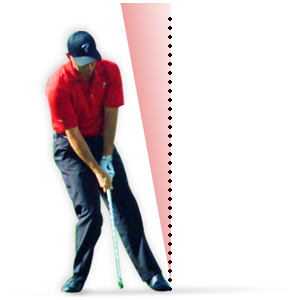
Physical Parameters Causing Hanging Back and How to Diagnose Them:
There are several physical limitations that can lead to Hanging Back. First of all, any problem that limits the player's ability to post into their lead leg can cause them to Hang Back. Mobility restrictions in the lead hip and ankle or stability dysfunction in the core or lead leg can all make posting up very challenging. Second, a reverse pivot (reverse weight shift) can cause Hanging Back. A reverse pivot is when too much weight is put on the lead leg during the backswing, and then there is a corresponding weight shift to the back leg on the downswing. This can be the result of an inability to properly load the trail leg during the backswing. The same limitations described for the lead leg can also affect the trail leg. Lastly, a lack of power with the lower body can cause a player to have a reduced weight shift. Many times, when the upper body is the primary power source in a golf swing, the lower body lacks behind and the arms and upper body become the dominant action in the golf swing. This can start to reduce or eliminate the proper weight shift on the downswing and lead to Hanging Back.
